The Paleo Diet has become increasingly popular recently, and why wouldn’t it be? You eat like a caveman, are almost guaranteed to shed pounds, and are less likely to get heart disease, diabetes and cancer. There are a variety of female celebrities, like Jessical Biel and Megan Fox, who follow a Paleo diet. If someone said that you can have a body like theirs, wouldn’t you be curious about what it is and think about trying it?
Dr. Loren Cordain created the Paleo Diet, which is based on what our ancestors, or cavemen, ate. By eating off the land and what was available around the time of cavemen, you can lose weight without cutting or counting calories (not to mention the health benefits mentioned before).
So, what is the Paleo Diet and what do you need to know before starting it? Read on for everything you need to know about eating Paleo.
The fine print
The Paleo Diet is high in fiber and protein, training your body to run on fat rather than sugar and carbohydrates. When eating Paleo, you eat what our ancestors supposedly did: fish, meats, vegetables, fruits and nuts. What you don’t eat is dairy, carbohydrates, legumes, refined sugars and oils.
By eating these food groups and eliminating the others, Cordain says that the diet lessens the body’s glycemic load, has a healthy ratio of saturated-to-unsaturated fatty acids, increases vitamin and nutrient consumption, and contains an optimal balance of protein, fat, and complex carbohydrates.
What’s promoted and encouraged with the Paleo Diet is eating foods high in healthy fats and animal protein balanced with fruits and vegetables that are low in sugar. By eating healthy fats from foods like avocados, nuts and oils, like coconut and olive, you’ll be replacing the bad side of saturated and trans-fats with unsaturated fats like monounsaturated fatty acids and, therefore, gain certain health benefits, according to The Mayo Clinic.
The pros
Other than the obvious pros like health benefits, there are a lot of benefits to eating a Paleolithic diet. One is that it’ll reduce bloating as you’ll be eliminating soft drinks and salty foods and adding more water and fiber.
Additionally, the diet is filling, so you won’t feel like you need to eat the starchy, sugary foods that you’re used to and love. Because your body is fueled by fat and fiber, it takes longer for your body to burn through the calories, which means sustained energy and weight loss for you.
The most popular pro of the Paleo Diet is the inevitable weight loss. In a study done on 70 obese, postmenopausal women, the researchers compared the weight loss for those on the Paleo Diet against those on a low-fat diet. Over the course of six months, the women in the Paleo group lost almost three times as much weight as those in the low-fat diet group.
This weight loss comes without counting or cutting calories—the premise of the Paleo Diet is to eat when you’re hungry and not worry about skipping meals. By eating healthy and Paleo-approved foods, you’ll notice less cravings and sugar crashes, allowing your body to burn calories continuously.
The cons
As great as the pros of the Paleo Diet are, it doesn’t come without cons, otherwise we’d all look like Jessica Biel or Megan Fox effortlessly. The Paleo Diet is not a fad—it’s a lifestyle. Eating Paleo is not a short-term or temporary fix, as stopping and starting it would be like any other yo-yo diet.
In order to reap all of the health benefits and gains from eating Paleo, it’s just like being vegan or vegetarian where you cannot eat certain foods or food groups at all. This means giving up all modern foods we know and love like pasta, cheese, wine, cupcakes, soda and all other artificially sweetened treats. Even eating foods that are thought to be healthy, like beans and lentils, are no-nos on the Paleo Diet.
Another con is the heavy reliance on meat. When cavemen were hunting their meat, it was grass-fed, organic—the best of the best meat available. With all of the pesticides and additives brought into our meat (not to mention the greenhouse gas emissions), it’s challenging to find meat that is lean and natural and sustainable to our environment.
Additionally, while there are tons of studies around the benefits of eating Paleo, it has not yet been proven to the best diet for everyone. And, since Paleo is a lifestyle, it’s more challenging to remain consistent eating a pure Paleo diet. Try imagining your life without eating ice cream or pizza ever again, and it’s easy to understand why maintaining an exclusively Paleo diet is challenging.
There’s a lot to think about before changing your eating lifestyle, whether it’s going Paleo, becoming a vegetarian or eliminating a food group entirely. However, knowing the facts about the Paleo Diet and what it entails can help to make your decision easier when embarking on a new food journey and discovering what works best for you.

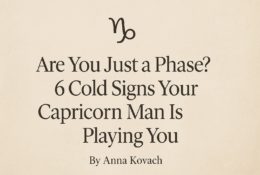




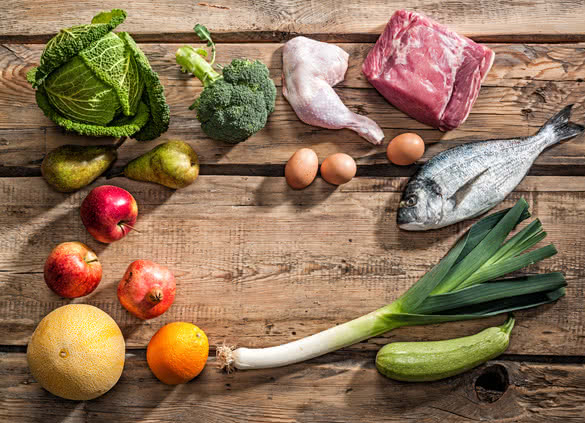

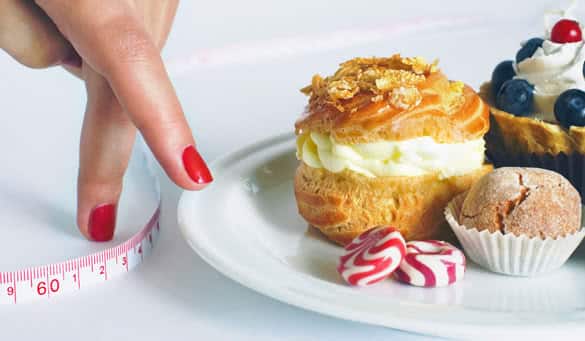
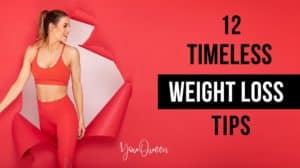

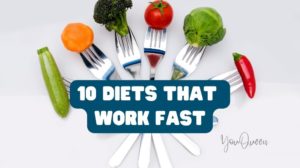
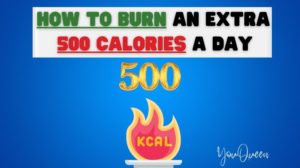


Add Comment